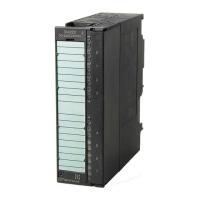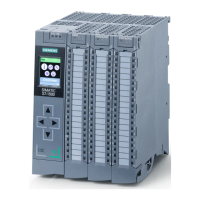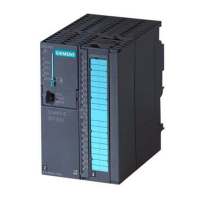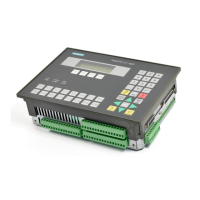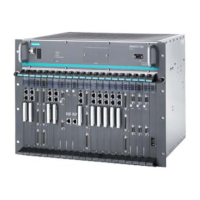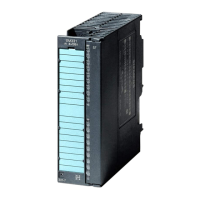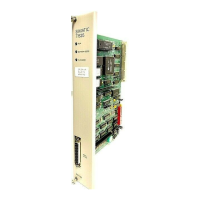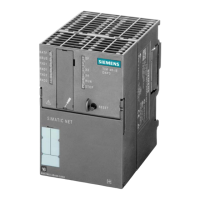Communication
14.2 Basics and terminology of fault-tolerant communication
S7-400H
232 System Manual, 03/2012, A5E00267695-11
Connection (S7 connection)
A connection represents the logical assignment of two communication peers for executing a
communication service. Every connection has two end points containing the information
required for addressing the communication peer as well as other attributes for establishing
the connection.
An S7 connection is the communication link between two standard CPUs or from a standard
CPU to a CPU in a fault-tolerant system.
In contrast to a fault-tolerant S7 connection, which contains at least two partial connections,
an S7 connection actually consists of just one connection. If that connection fails,
communication is terminated.
&38
&38
&38
6FRQQHFWLRQ
Figure 14-5 Example of an S7 connection
Note
Generally speaking, "connection" in this manual means a "configured S7 connection". For
other types of connection, please refer to the
SIMATIC NET NCM S7 for PROFIBUS
and
SIMATIC NET NCM S7 for Industrial Ethernet
manuals.
Fault-tolerant S7 connections
The requirement for higher availability with communication components (for example CPs
and buses) means that redundant communication connections are necessary between the
systems involved.
Unlike an S7 connection, a fault-tolerant S7 connection consists of at least two underlying
subconnections. From the user program, configuration and connection diagnostics
perspective, the fault-tolerant S7 connection with its underlying subconnections is
represented by exactly one ID (just like a standard S7 connection). Depending on the
configuration, it can consist of up to four subconnections, of which two are always
established (active) to maintain communication in the event of an error. The number of
subconnections depends on the possible alternative paths (see figure below) and is
determined automatically. Within an S7-H connection, only subconnections over CP or over
the integrated CPU interface are used in the configuration.
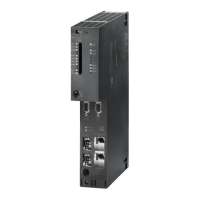
